1. Introduction to the Taj Mahal temple in India
The Taj Mahal in India is one of the most famous architectural works in the world (Photo source: Collected)
The Taj Mahal in India is one of the most famous architectural works in the world, a symbol of eternal love and one of the seven new wonders of the world. Located on the banks of the Yamuna River, in the city of Agra, Uttar Pradesh, the Taj Mahal in India attracts millions of tourists every year thanks to its magnificent beauty and the touching love story of Emperor Shah Jahan for Queen Mumtaz Mahal.
With its sophisticated design, a harmonious combination of Islamic, Persian and Indian art, the Taj Mahal in India is not only an architectural masterpiece but also a cultural heritage recognized by UNESCO. Coming to the Taj Mahal, visitors not only admire the magnificent beauty of the mausoleum but also have the opportunity to learn about the history, architecture and mysteries surrounding this great work.
2. History of the formation of the Taj Mahal temple in India
The Taj Mahal Temple in India was built in the 17th century by order of Mughal Emperor Shah Jahan (Photo source: Collected)
The Taj Mahal in India was built in the 17th century by order of Mughal Emperor Shah Jahan in memory of his beloved wife Mumtaz Mahal, who died while giving birth to their 14th child. Construction began in 1632 and took about 20 years to complete, with the participation of more than 20,000 craftsmen and artisans from all over the world.
According to history books, Shah Jahan was extremely saddened by the passing of Mumtaz Mahal and decided to build a magnificent mausoleum to honor their love. The Taj Mahal in India is not only the resting place of the queen but also a testament to eternal love, becoming a symbol that has lasted for centuries.
Although Shah Jahan planned to build a mausoleum for himself opposite the Taj Mahal out of black marble, he was overthrown by his son Aurangzeb and imprisoned for the rest of his life. After his death, Shah Jahan was buried in the Taj Mahal in India, next to his beloved wife.
3. Unique architecture of the Taj Mahal temple in India
The architecture of the Taj Mahal temple in India is a subtle combination of Islamic, Persian and Indian styles (Photo source: Collected)
The architecture of the Taj Mahal in India is a subtle combination of Islamic, Persian and Indian styles, creating a perfect, balanced and artistic whole. The building is built entirely of monolithic white marble, intricately carved and decorated with thousands of precious stones.
The main mausoleum of the Taj Mahal in India is octagonal in shape, with a 73-meter-high central dome designed in the Persian style, creating a prominent highlight in the vast campus. The four corners of the mausoleum are four 40-meter-high minaret towers, built slightly outward to ensure safety in case of an earthquake.
In addition to the main mausoleum, the Taj Mahal in India also includes a large Mughal garden, a mosque and a guest house opposite. The garden is designed in the Persian style with straight paths, reflecting pools and lush green trees, creating a peaceful and serene space.
4. Special things about the Taj Mahal temple in India
One of the things that makes the Taj Mahal in India special is the change of color at different times of the day (Photo source: Collected)
One of the things that makes the Taj Mahal in India so special is the change in color according to the time of day. In the morning, the Taj Mahal is pale pink, at noon it turns pure white and when sunset falls, the temple is covered with a magical orange-yellow color. On full moon nights, the light reflects on the white marble surface, making the Taj Mahal more sparkling and mysterious than ever.
Another special feature of the Taj Mahal in India is the inscriptions on the walls, all written in Arabic, are excerpts from the Quran. This carving technique is meticulously done with black onyx, creating a striking effect against the white marble background.
In addition, the Taj Mahal is also famous for its perfect symmetry in design. No matter from which angle you look, you will see the structure has absolute balance, demonstrating the superior construction techniques of the Mughal period artisans.
5. Experience visiting the Taj Mahal temple in India
Visitors should start their journey from the main south gate to be able to admire the whole view of the tomb (Photo source: Collected)
When visiting the Taj Mahal in India, visitors should start their journey from the main south gate to be able to admire the whole mausoleum in the most beautiful frame. Walking along the path leading to the campus, you will feel the quiet and solemn beauty of the construction.
A must-see experience is to view the Taj Mahal from the banks of the Yamuna River, where the mausoleum is beautifully reflected in the water. Alternatively, you can visit Mehtab Bagh – a garden opposite the Taj Mahal for a panoramic view from afar, especially at sunset or sunrise.
As the Taj Mahal in India is an important religious and historical site, visitors are required to follow rules when visiting such as not carrying metal objects, not touching carved walls and maintaining general hygiene.
6. The ideal time to visit the Taj Mahal in India
The best time to explore the Taj Mahal temple in India is in autumn and winter (Photo source: Collected)
The best time to visit the Taj Mahal in India is in the fall and winter, from October to March, when the weather is cool and not too hot. Visitors should come early in the morning or late in the afternoon to avoid the crowds and have the opportunity to admire the magical color change of the structure.
During the full moon, the Taj Mahal opens its doors to visitors at night, offering a unique experience of viewing the temple under the magical moonlight. However, the number of tickets for the night tour is limited, so visitors should book in advance to ensure a chance to enjoy this view.
The Taj Mahal in India is not only a great architectural masterpiece but also a symbol of eternal love. With its magnificent beauty, touching history and profound cultural values, the Taj Mahal deserves to be one of the must-see destinations when traveling to India. Whether you are a history and architecture lover or simply want to admire one of the most beautiful wonders of the world, the Taj Mahal in India will definitely bring you unforgettable experiences.
Source: https://www.vietravel.com/vn/am-thuc-kham-pha/den-taj-mahal-an-do-v16842.aspx


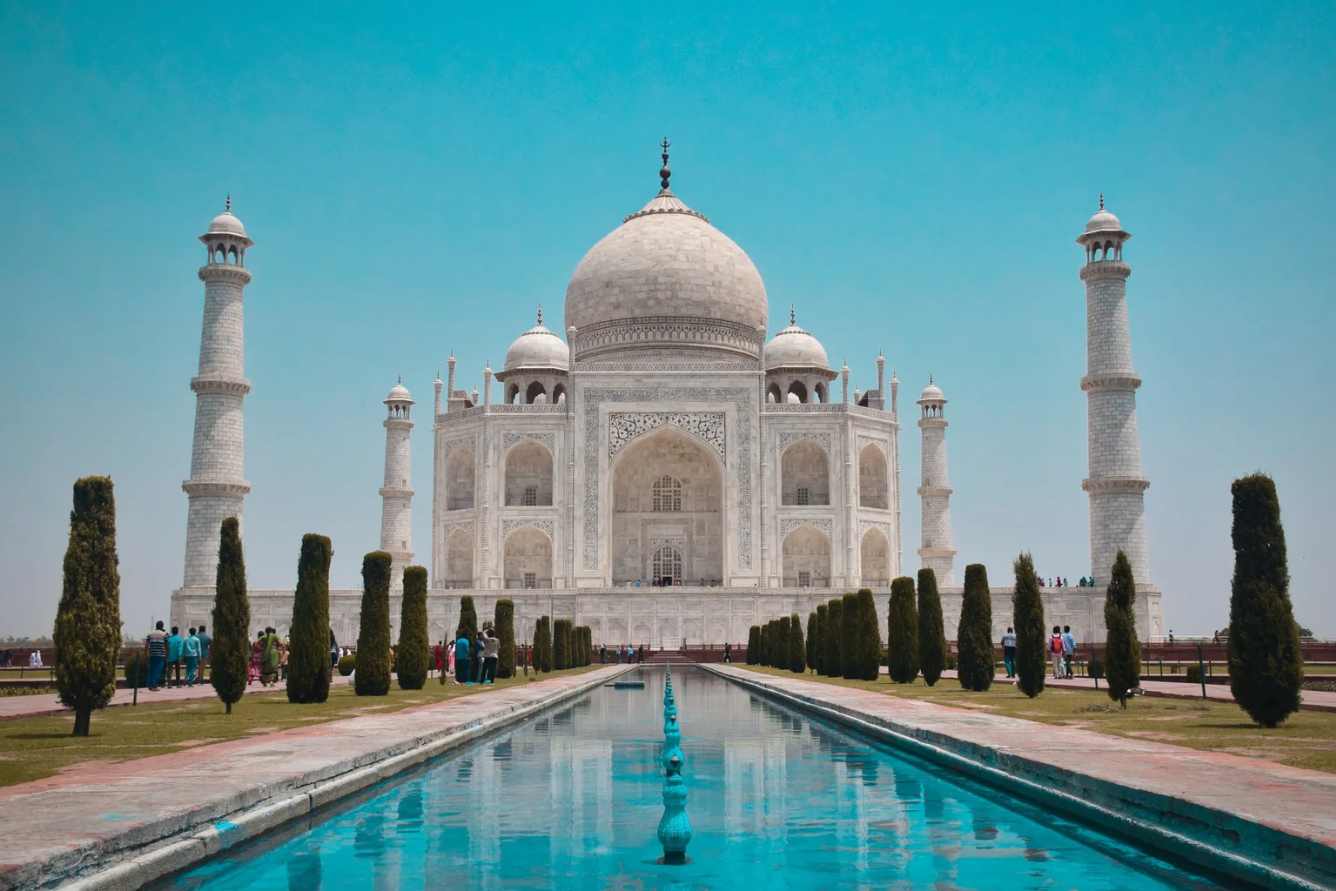
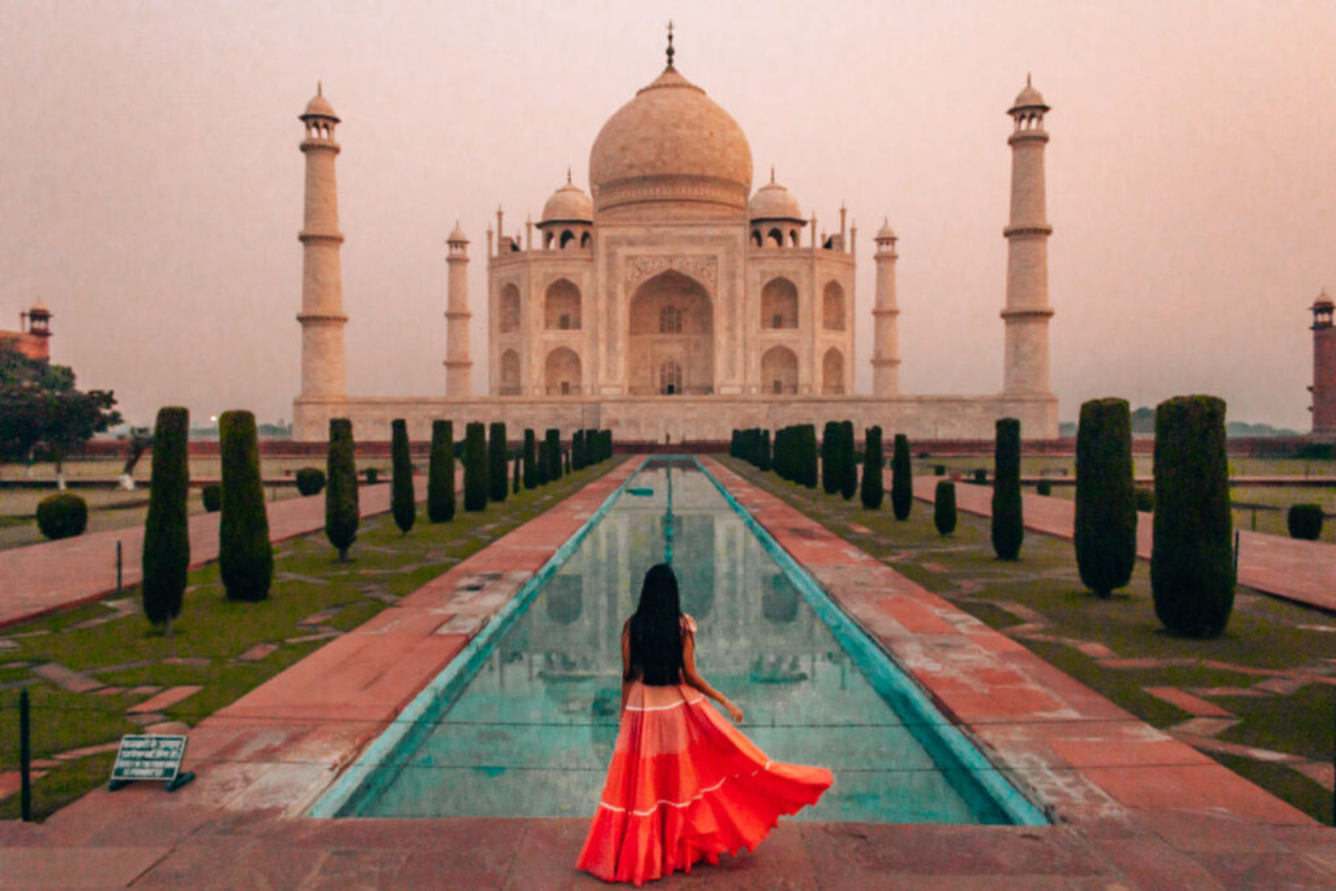
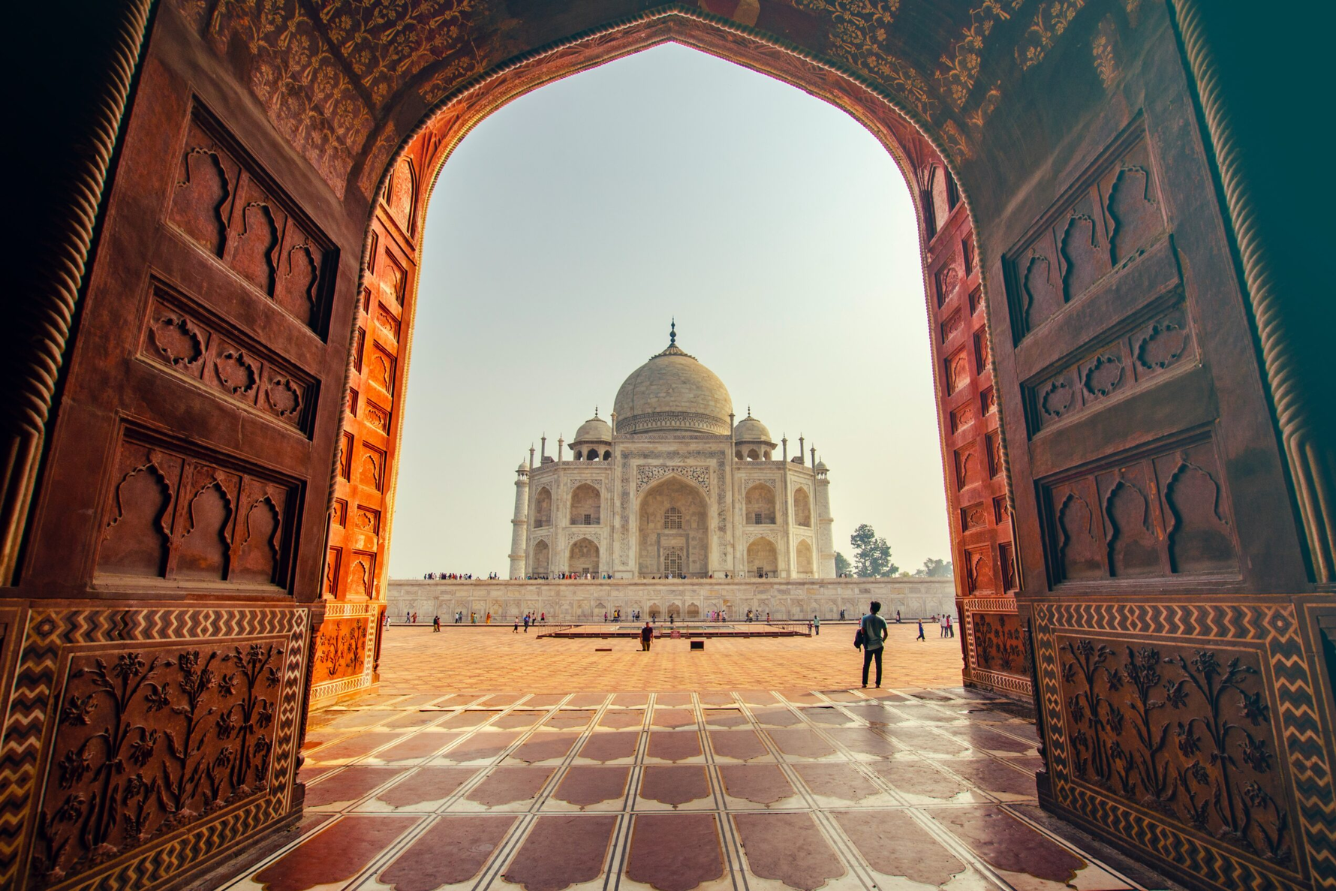
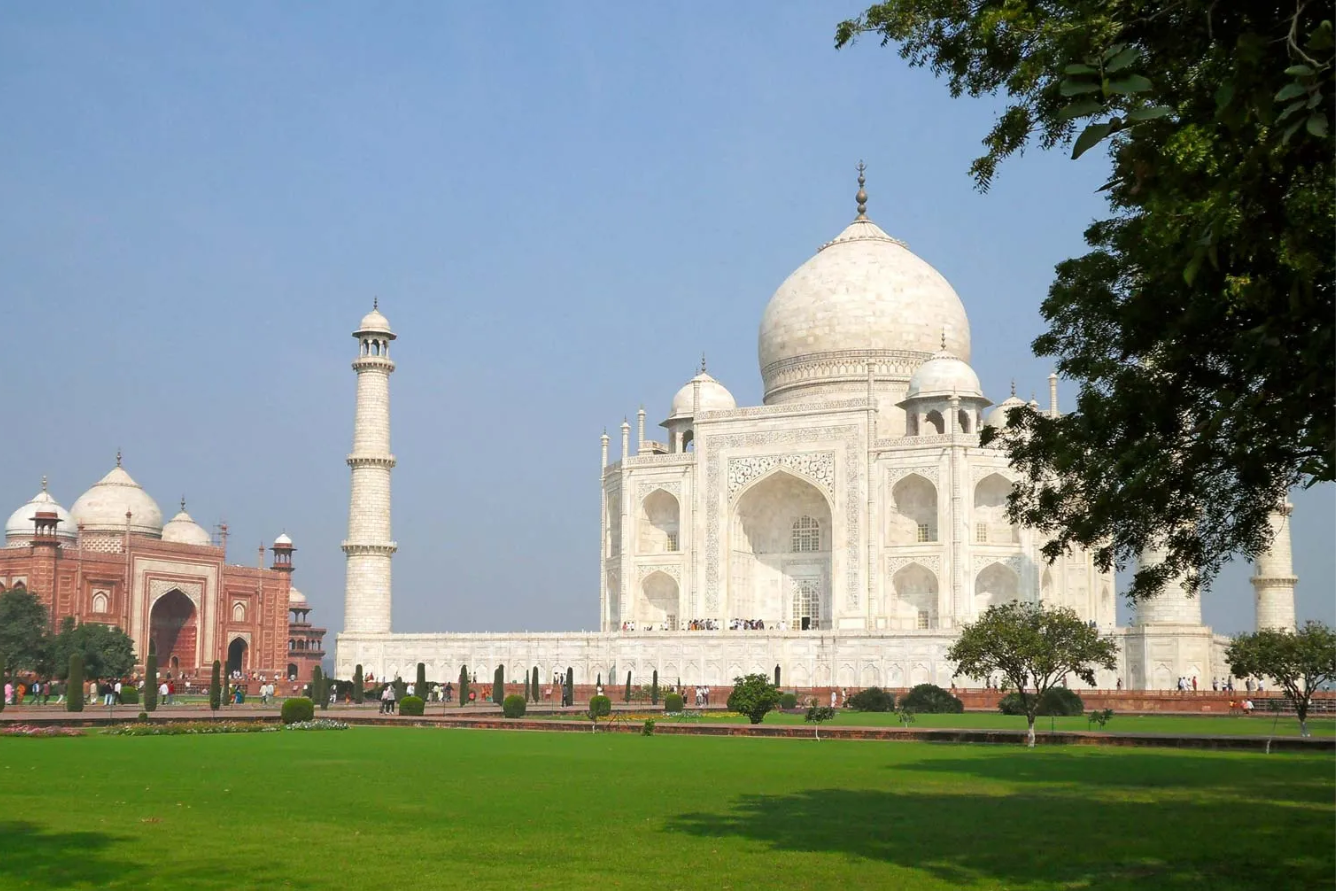
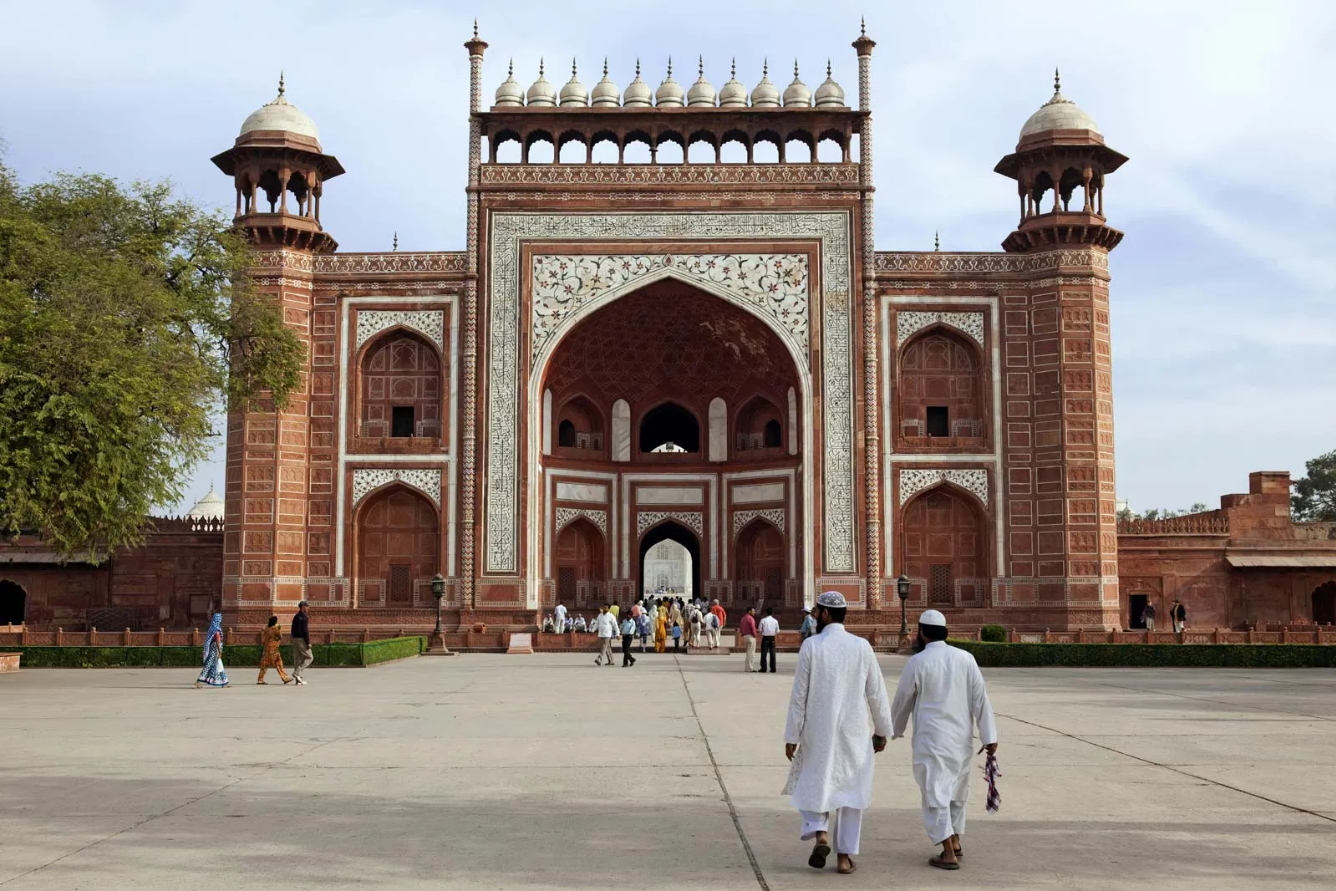
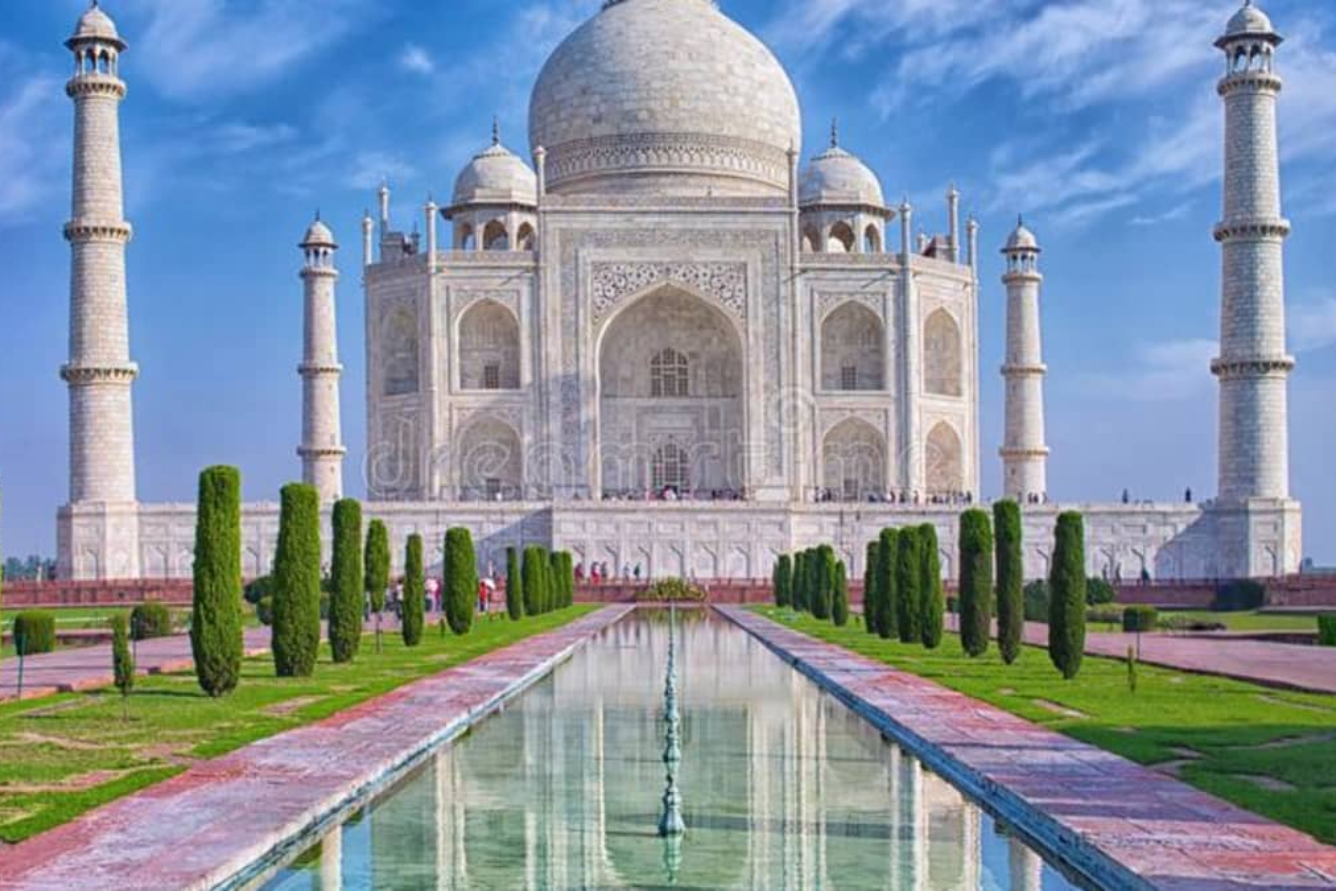

![[Photo] Prime Minister Pham Minh Chinh chairs the Government's online conference with localities](https://vphoto.vietnam.vn/thumb/1200x675/vietnam/resource/IMAGE/2025/10/5/264793cfb4404c63a701d235ff43e1bd)

![[Photo] Opening of the 13th Conference of the 13th Party Central Committee](https://vphoto.vietnam.vn/thumb/1200x675/vietnam/resource/IMAGE/2025/10/6/d4b269e6c4b64696af775925cb608560)


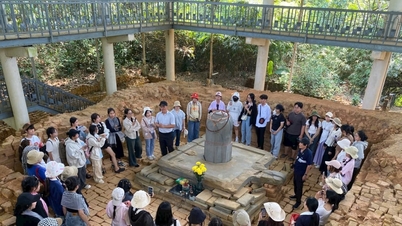


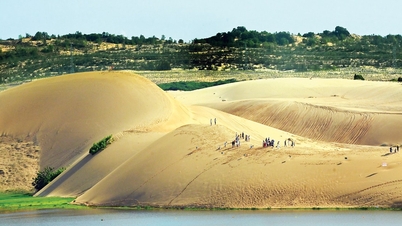






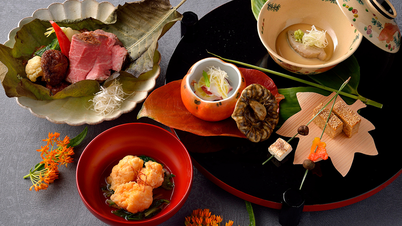



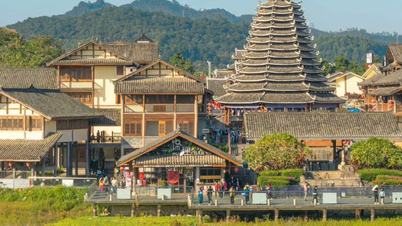
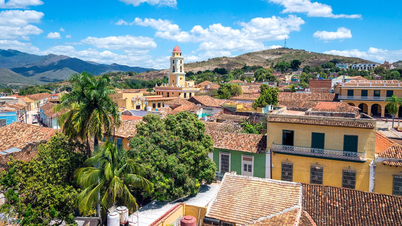




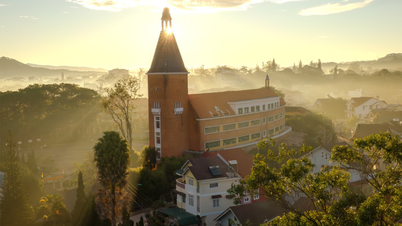



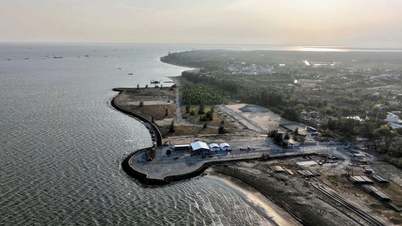

![[Photo] Prime Minister Pham Minh Chinh launched a peak emulation campaign to achieve achievements in celebration of the 14th National Party Congress](https://vphoto.vietnam.vn/thumb/1200x675/vietnam/resource/IMAGE/2025/10/5/8869ec5cdbc740f58fbf2ae73f065076)

































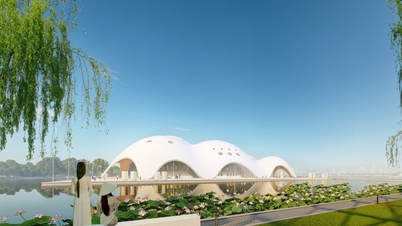
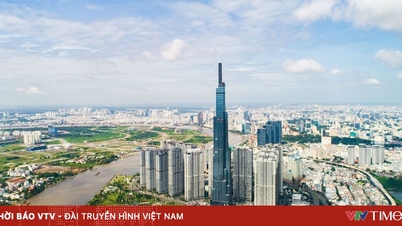







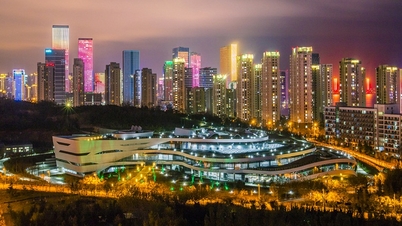

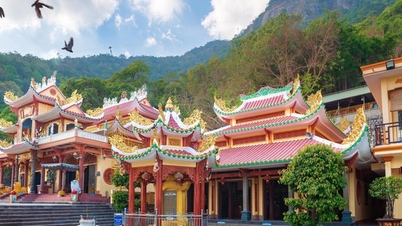










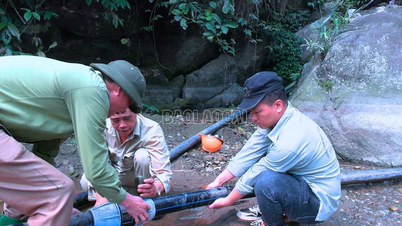













Comment (0)